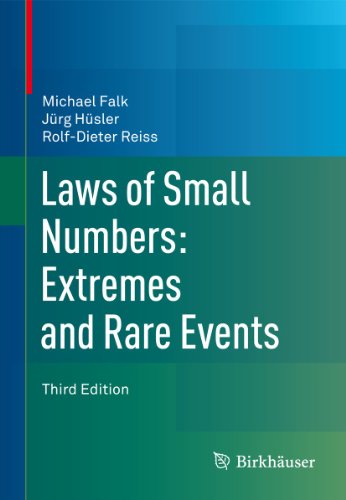

Most ebook files are in PDF format, so you can easily read them using various software such as Foxit Reader or directly on the Google Chrome browser.
Some ebook files are released by publishers in other formats such as .awz, .mobi, .epub, .fb2, etc. You may need to install specific software to read these formats on mobile/PC, such as Calibre.
Please read the tutorial at this link: https://ebookbell.com/faq
We offer FREE conversion to the popular formats you request; however, this may take some time. Therefore, right after payment, please email us, and we will try to provide the service as quickly as possible.
For some exceptional file formats or broken links (if any), please refrain from opening any disputes. Instead, email us first, and we will try to assist within a maximum of 6 hours.
EbookBell Team

4.7
16 reviewsSince the publication of the first edition of this seminar book in 1994, the theory and applications of extremes and rare events have enjoyed an enormous and still increasing interest. The intention of the book is to give a mathematically oriented development of the theory of rare events underlying various applications. This characteristic of the book was strengthened in the second edition by incorporating various new results. In this third edition, the dramatic change of focus of extreme value theory has been taken into account: from concentrating on maxima of observations it has shifted to large observations, defined as exceedances over high thresholds. One emphasis of the present third edition lies on multivariate generalized Pareto distributions, their representations, properties such as their peaks-over-threshold stability, simulation, testing and estimation. Reviews of the 2nd edition: "In brief, it is clear that this will surely be a valuable resource for anyone involved in, or seeking to master, the more mathematical features of this field." David Stirzaker, Bulletin of the London Mathematical Society "Laws of Small Numbers can be highly recommended to everyone who is looking for a smooth introduction to Poisson approximations in EVT and other fields of probability theory and statistics. In particular, it offers an interesting view on multivariate EVT and on EVT for non-iid observations, which is not presented in a similar way in any other textbook." Holger Drees, Metrika